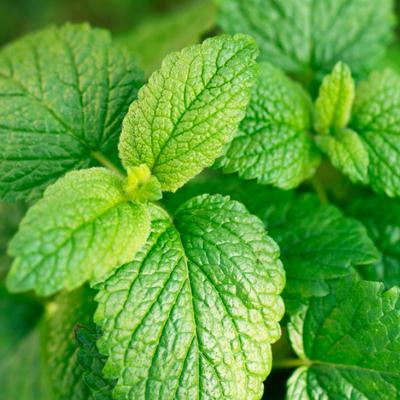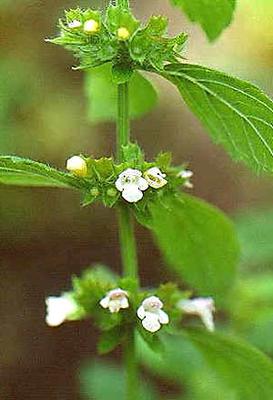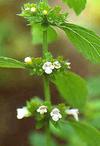VANILLA BEANS | SOYBEAN OIL | SOYA CAKE | COCOA BEANS | COFFEE BEANS
How to grow LEMON BALM in Uganda

Lemon Balm Leaves in Uganda
Lemon balm (Scientific name: Melissa officinalis) also known as balm, common balm, or balm mint, is a perennial herb from the mint family.
Its characteristic lemon smell is what makes it a darling in most people’s kitchens.
The medicinal properties of this plant has driven people to pick up its consumption as tea, and as an essential oil extract used in aroma therapy.
Common Lemon Balm varieties in Uganda
There are no cultivars registered in Uganda. Plant materials and seed should be sourced from certified nurseries or agro-input shops.
Soil requirements for growing Lemon Balm
Lemon balm grows best in fertile, deep, and well drained soils with a pH of 5 to 7.5. The plant can be grown in clay and clay soils.
How to propagate Lemon Balm on your farm
Lemon balm is easy to grow from seed sown in containers or direct into the ground. However, cuttings or root divisions can also be used in planting.
Contact us here to buy Lemon Balm Leaves and Lemon Balm Seedlings in Uganda
How to plant Lemon Balm in Uganda
Lemon balm makes an excellent kitchen plant.
Gather garden soil; mix it with some compost to enhance its fertility.
Pile the mixture into a container or a potting bag.
Lemon balm seeds are small therefore drill shallowly to sow, and then gently cover the seeds with light soil and then water to help with the sprouting process.
Lemon balm plant has a high water demand so ensure to provide it with water regularly, though too much should be avoided.
Contact us here to buy Lemon Balm Leaves and Lemon Balm Seedlings in Uganda
Uses of the Lemon Balm plant
The plant is used to attract bees to make honey.
It is also grown and sold as an ornamental plant.
The essential oil is used as a perfume ingredient, but the plant has other culinary and medicinal uses.
Lemon balm is used in some toothpastes.
Lemon balm is used as a flavouring in ice cream and herbal teas, both hot and iced, often in combination with other herbs such as spearmint.
It is a common addition to peppermint tea, mostly because of its complementing flavor.
Lemon balm is also paired with fruit dishes or candies. Additionally, it can be used in fish dishes and is the main ingredient in lemon balm pesto.
Its flavour comes from citronellal (24%), geranial (16%), linalyl acetate (12%) and caryophyllene (12%).
In traditional Austrian medicine, M. officinalis leaves have been prescribed for internal use—as a tea—or external application—as an essential oil—for the treatment of disorders of the gastrointestinal tract, nervous system, liver, and bile.
Lemon balm is the main ingredient of Carmelite water, which is still for sale in German pharmacies.
In alternative medicine it is used as a sleep aid and digestive aid.
Lemon balm essential oil is popular in aromatherapy. The essential oil is commonly co-distilled with lemon oil, citronella oil or other oils.
Contact us here to buy Lemon Balm Leaves and Lemon Balm Seedlings in Uganda
Quick tips for for potting lemon balm
- Mix weeds’ free garden soil with compost.
- Fill the mixture into supposed planting containers or polybag.
- Drill a shallow hole in the middle and place in seeds or seedlings got from the nursery.
- Cover with soil and gently firm to remove air pockets.
- Water and also apply a liquid starter fertilizer to aid establishment.
- Have a routine pest and disease control schedule for spider mites.
- Enjoy your fresh leaves the moment they start growing.
Contact us here to buy Lemon Balm Leaves and Lemon Balm Seedlings in Uganda
Join in and write your own page! It's easy to do. How? Simply click here to return to Plants Guide.
If you haven't yet found what you were looking for or you need detailed information about the subject matter on this page then... feel free to ask our business travel consultants. |







